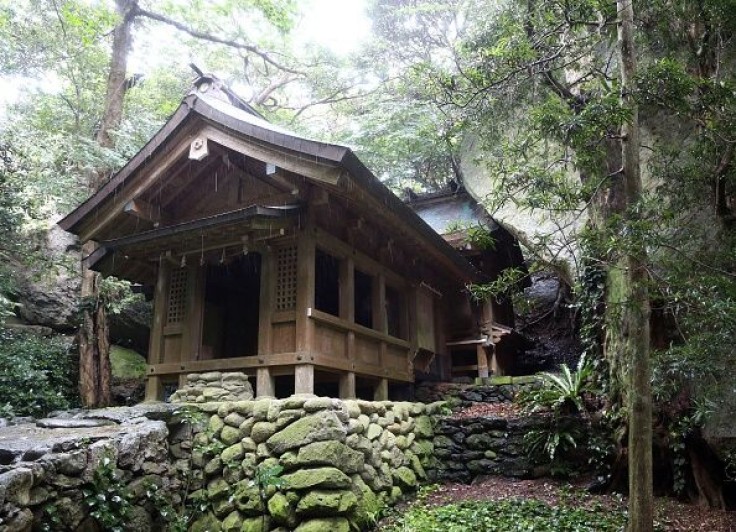Japanese Island That Bans Women, Makes Men Strip Naked Becomes UNESCO Site
A Japanese island that bans women and makes men strip naked before visiting was declared a UNESCO World Heritage Site, as reported by BBC News Sunday.
Four other related sites were added to the list as well.
Okinoshima, an island located in southwest Japan between the island of Kyushu and the Korean Peninsula, is considered a sacred area. The island was once the site of rituals in which male priests would pray for maritime safety at the 17th-century shrine Okitsu. Approximately 80,000 items discovered on the island were declared national treasures. Okinoshima’s status as a world heritage site raised the number of Japanese sites on the list to 21.
Read: Half Of All World Heritage Sites Threatened By Industrial Activities: WWF
A World Heritage Site is an officially recognized landmark by the United Nations Educational, Scientific and Cultural Organization. In order to be selected as a World Heritage Site, the location must meet at least one out of ten selection criteria, which includes descriptors such as representing “a masterpiece of human creative genius” and being “an outstanding example of a traditional human settlement, land-use or sea-use which is representative of a culture.”

Today, male priests from Munakata Taisha, a group of Shinto shrines, are allowed to worship at this shrine. Up to 200 men are permitted to visit once a year on May 27. The date is derived from when sailors died in the Battle of Tsushima Strait, near Okinoshima, during the Russo-Japanese War. Before they can walk on the island, the male visitors are instructed to perform misogi, a cleansing ritual in which they strip naked and bathe in the sea to get rid of impurities. They are told not to speak of their time on the island after they leave and are not permitted to take anything from the island.
Different reasonings are provided as to why women cannot visit the island. Some accounts said it is because Shinto traditions held that menstrual blood indicated impurity. Other accounts said women were not allowed to participate in maritime travel because it was considered dangerous and the men wanted to ensure the safety of child-bearers.
The general public is prohibited from accessing the island. The land is owned by Munakata Taisha, and it is a criminal offense to visit the island without the shrine’s permission.
“We wouldn’t open Okinoshima to the public even if it is inscribed on the UNESCO cultural heritage list, because people shouldn’t visit out of curiosity, Takayuki Ashizu, the chief priest at Munakata Taisha, said to the Japan Times in 2016.
© Copyright IBTimes 2024. All rights reserved.











